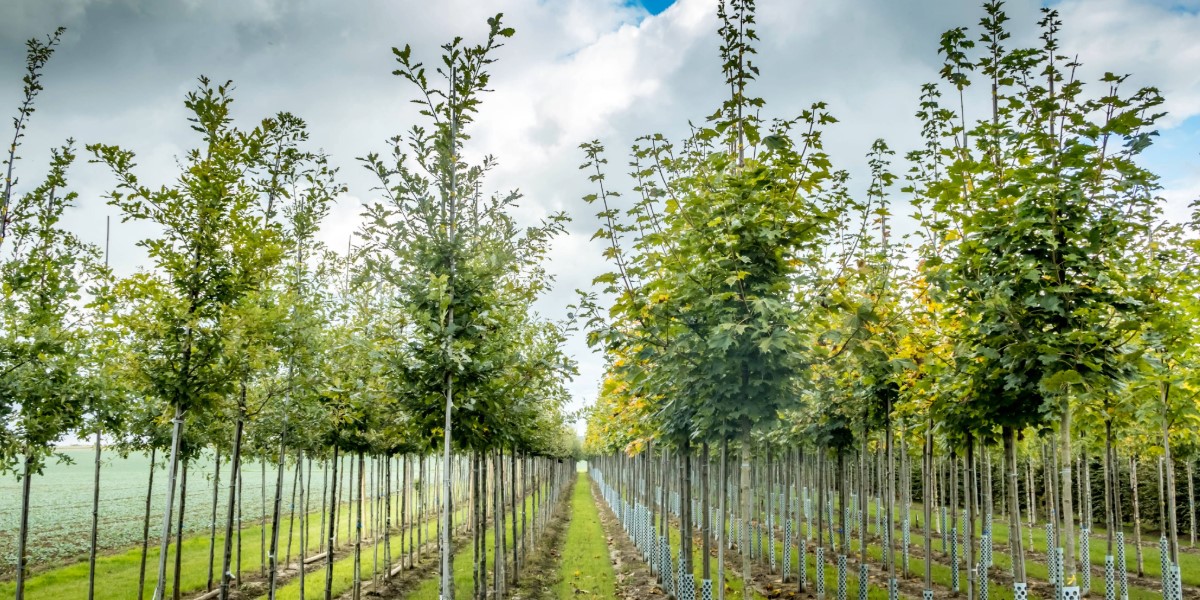Commemorative Tree and Bench Program
The Town of Whitby offers a Commemorative Tree and Bench Dedication Program, providing a meaningful way to honour someone special.
Residents can dedicate a tree or bench in one of Whitby’s parks, creating a lasting tribute that enhances the beauty of our community and offers peaceful spaces for families and friends to gather, remember, and enjoy nature.
Discover how you can commemorate a loved one.
Planting a Tree on Your Property
Thinking about adding a tree to your yard?
Planting a tree helps expand Whitby’s urban canopy and contributes to a healthier environment. Choosing the right tree is important, and native species are often the best choice because they’re naturally adapted to our local climate and soil, making them more resilient and beneficial to wildlife. Explore resources like the Ontario Tree Atlas to find native species suited to your site.
Before selecting a tree, consider:
For expert advice:
- Consult an ISA-certified arborist
- Take advantage of programs like LEAF below, which offers guidance and support for tree planting
Planting with LEAF (Local Enhancement & Appreciation of Forests)
Whitby partners with LEAF, a non-profit organization that offers subsidized Backyard Tree Planting Program for residents and businesses across Durham Region. In addition to trees, LEAF provides native shrubs and garden kits to further enhance your yard. For more details or to sign up, visit LEAF’s website.




